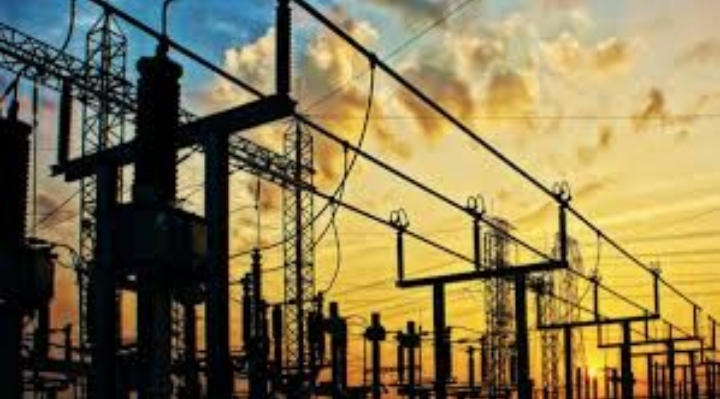Off-grid electricity generation in Lagos State has now surpassed Nigeria’s entire national grid capacity, according to a new report by the Africa Finance Corporation (AFC), spotlighting a deepening energy crisis on the continent.
The “State of Africa’s Infrastructure Report 2025”, obtained on Monday, warns that Africa is at risk of remaining trapped in a “low-energy equilibrium”—a state where access to electricity grows in number but not in quality or capacity.
Lagos Surpasses the National Grid
In Lagos alone, off-grid power—primarily from diesel and petrol generators, as well as embedded and captive systems—exceeds 19 gigawatts (GW). In contrast, Nigeria’s central grid consistently delivers just 4–5 GW nationwide.
The AFC warns that this shift, while innovative, is not progress—it’s a symptom of systemic failure. “Going off-grid is not always a low-cost solution; it is often a last resort,” the report notes.
A Continental Bottleneck
Africa’s largest economies—Nigeria and South Africa—are increasingly dependent on self-generated electricity. In Nigeria, unreliable grid supply has forced millions of homes and businesses to install their own generators. In South Africa, deregulation in 2022 triggered a private-sector-led boom in embedded generation, with over 1GW of private solar capacity added in 2024 alone.
Yet these developments remain poorly captured in official data, especially thermal captive generation by industries such as cement, mining, and manufacturing, where single plants often generate 20MW to 200MW of power.
Missed Targets and Rising Costs
The findings contradict major global efforts. The World Bank and African Development Bank, along with partners, have pledged $40 billion to connect 300 million people in sub-Saharan Africa to electricity by 2030. But AFC warns that without urgent grid-scale investment, these goals may fall short.
Self-generation comes at a steep cost. A 2019 study by the Energy for Growth Hub found that self-generated electricity can cost twice as much as grid power in Nigeria and South Africa, and up to four times more in Ethiopia—undermining industrial competitiveness and deepening inequality.
Energy Abundance, Infrastructure Scarcity
Despite possessing the world’s richest untapped energy resources—from hydropower and geothermal to high solar irradiation—Africa struggles to convert potential into output. Weak infrastructure and underinvestment leave this energy wealth stranded.
Between 2013 and 2023, Africa’s electricity generation grew at less than 2% annually, trailing both population growth (2.42%) and economic growth (3%). In 2024, Africa added just 6.5GW of utility-scale capacity, compared to India’s 18GW and the U.S.’s 48.6GW.
A Call for Urgent Action
The AFC concludes that Africa is not just stagnating in energy access—it is deteriorating in meaningful energy use. If the current trajectory continues, the number of Africans without electricity may remain unchanged by 2030, despite headline gains.
“The energy shortfall is the single biggest constraint on economic transformation—and the continent’s most underappreciated investment opportunity,” the report states.
As power demand surges with urbanisation and industrialisation, the path forward is clear: scale up or fall behind.

